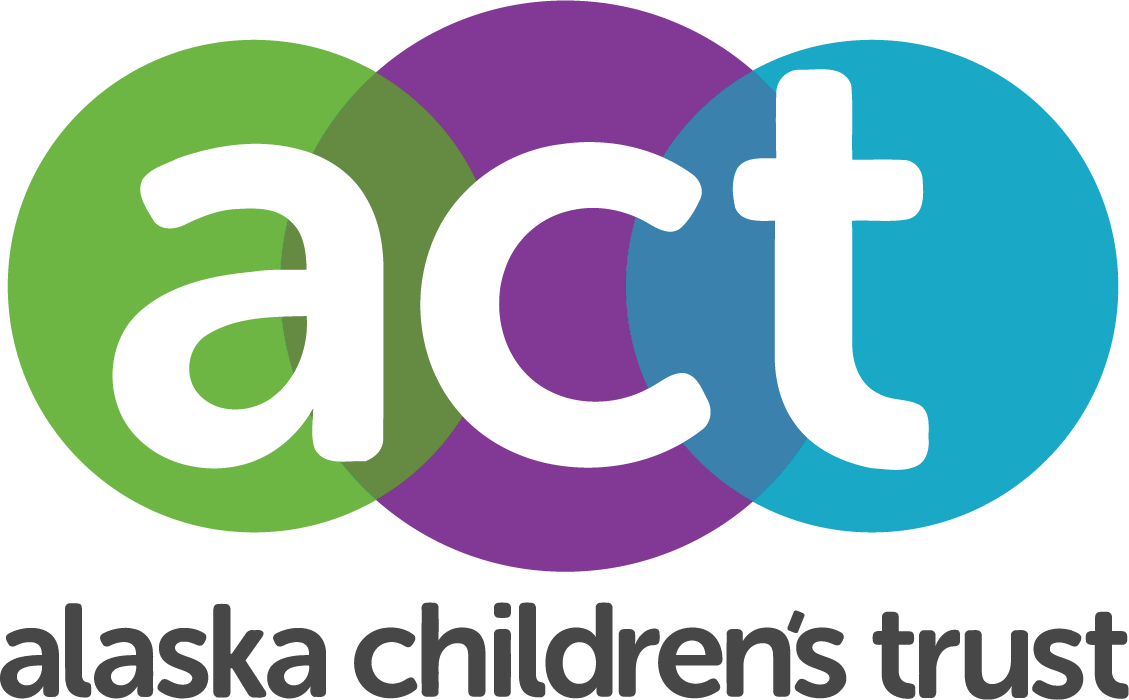Opinion: Predatory lending in disguise — the truth about payday loans in Alaska
(Getty Images) as published on the Anchorage Daily News where this OpEd was published.
Payday loans in our community are like seawater to the thirsty — they may seem like relief at first, but ultimately cause more harm than help.
Recently, an op-ed was published (“Dunleavy was right to veto the interest rate cap bill”) claiming that payday loans are somehow positive and supportive for our community. Let’s be clear: there is nothing positive about trapping struggling families in cycles of debt with interest rates that range from 194% to 512% APR. To put that in perspective, most unsecured personal loans have APRs around 12%–14%, and secured loans like auto or home loans are closer to 5%–8%. Even credit cards — which are often criticized for high interest — average around 21%–24% APR, a fraction of what payday lenders charge. Calling payday loans supportive ignores the reality — they exploit people at their most vulnerable moments and drain resources from the very communities they claim to help.
According to the Alaska Public Interest Research Group, the average payday loan is $440 with a 421% APR. With this payday loan, it would cost $127 to keep up with the first month’s interest and could cost more than $1,200 to repay in five months. When one payday loan payment is missed, it forces even higher fees, which only grow bigger each day onto the borrower. Even when borrowers manage to repay these outrageous loans, they do nothing to help build credit or improve long-term financial stability. In one devastating example in the village of Minto, 50 miles northwest of Fairbanks, one payday loan borrower wrote that they had to pay $4,167 on a $1,200 payday loan. If this is not predatory lending, what would you call it?
About 15,000 Alaskans take out payday loans each year and are at high risk of falling victim to predatory interest rates. The average number of loans for a payday borrower in Alaska is 5.4 unique loans, indicating that the Alaskans who rely on payday loans use them as a risky financial tool to keep themselves and their families afloat in the face of continued financial instability. Borrowers who are already financially struggling are dug into a deeper hole by predatory payday loans.
More and more payday loans in Alaska are made online by out-of-state companies, annually extracting about $29 million from vulnerable Alaskans. When Alaskans cannot pay for their loans, payday lenders can go to small claims courts and take their PFDs. From 2017 to 2022, payday lenders made more than $3.7 million from Alaskans’ PFDs.
Bipartisan legislation was passed this session that would cap payday loans at 36%. The legislation did not stop payday loans from existing — it stopped predatory lending. The legislation aligns with the federal Military Lending Act, which requires payday loans to be capped at 36%. By capping interest rates encourages safe, regulated forms of credit.
In the 20 states and the District of Columbia that have passed rate caps, former borrowers express relief and report a range of resources available to cover financial emergencies that do not have the harms of payday lending. The Center for Responsible Lending reports that since the implementation of South Dakota’s 36% cap on payday loans, South Dakotans have been able to access other options to payday lending, including small dollar loans and other financial strategies. Community-contributing businesses such as credit unions have expanded to meet the remaining needs. In Illinois, the Woodstock Institute indicates that nearly two-thirds of low-income adults and more than two-thirds of adults overall were able to borrow money after their 36% rate-cap took effect. Borrowers and voters of all political parties in South Dakota and Illinois continue to show strong support for a 36% cap and strong concern if the state legislature were to repeal it.
Restricting payday loan APRs to 36% is not just a reasonable rate cap, it is a policy designed to protect the most financially vulnerable in Alaska. By curbing exploitative lending, we promote financial stability, prevent cycles of debt, encourage safer credit alternatives, and help more Alaskans access affordable, regulated loans.
Trevor Storrs is the president and CEO of the Alaska Children’s Trust, or ACT, the lead statewide agency that addresses the prevention of child abuse and neglect. Since its conception, ACT has led the way in building awareness, providing education, and bringing communities together statewide to prevent child abuse and neglect.

